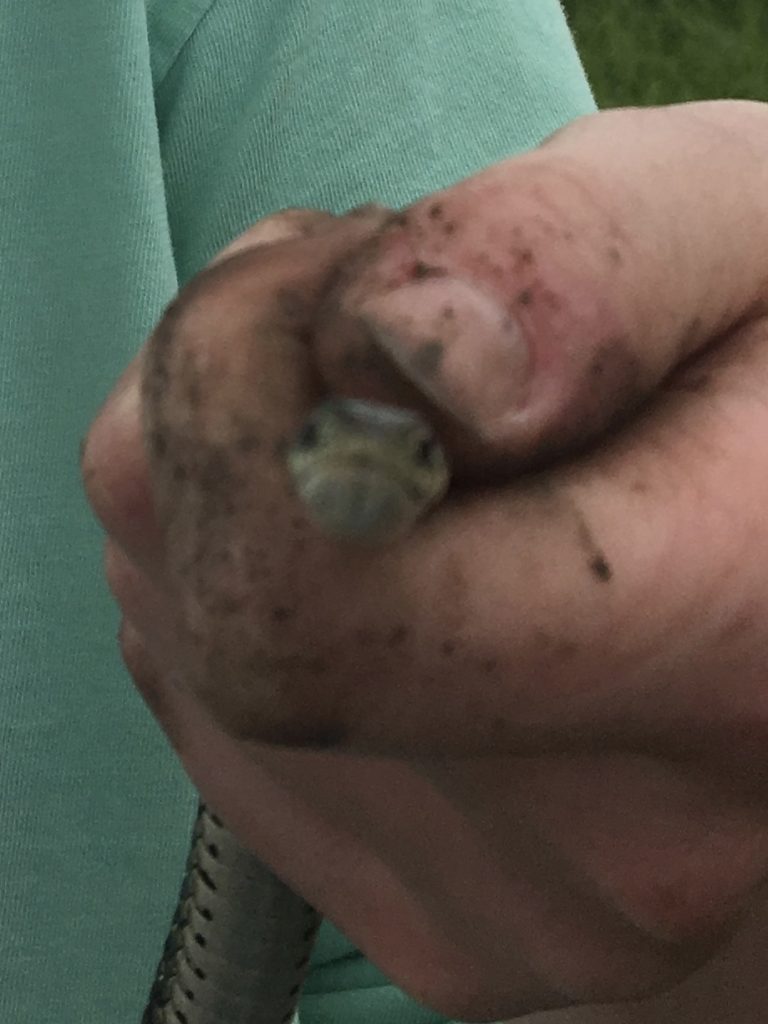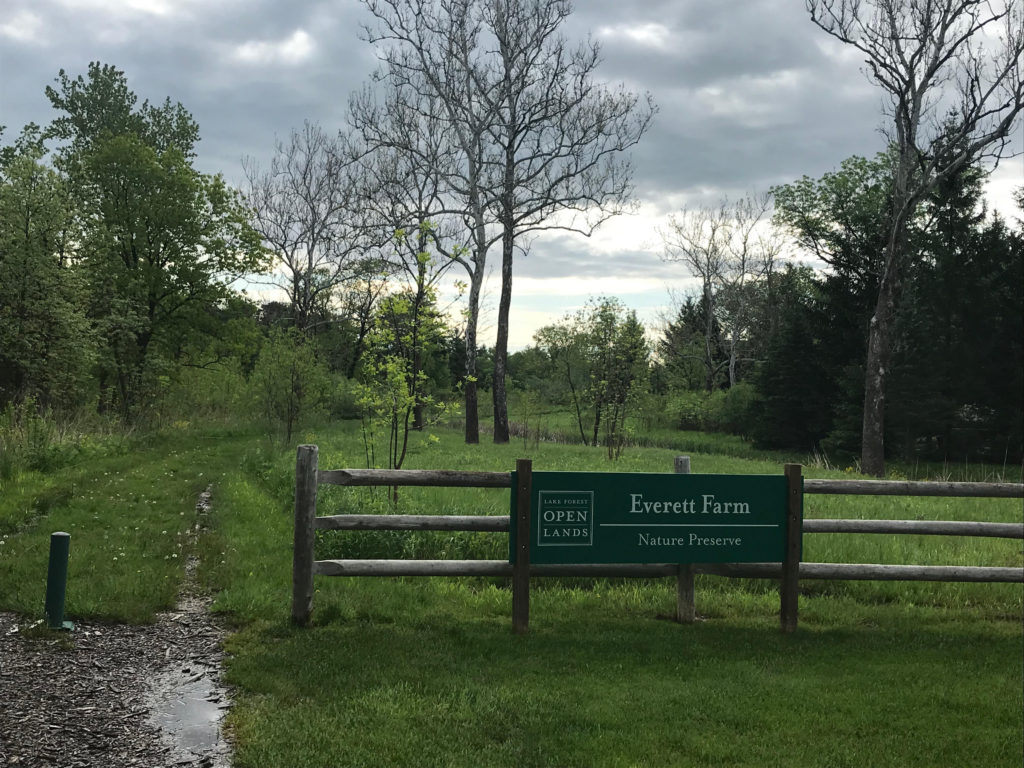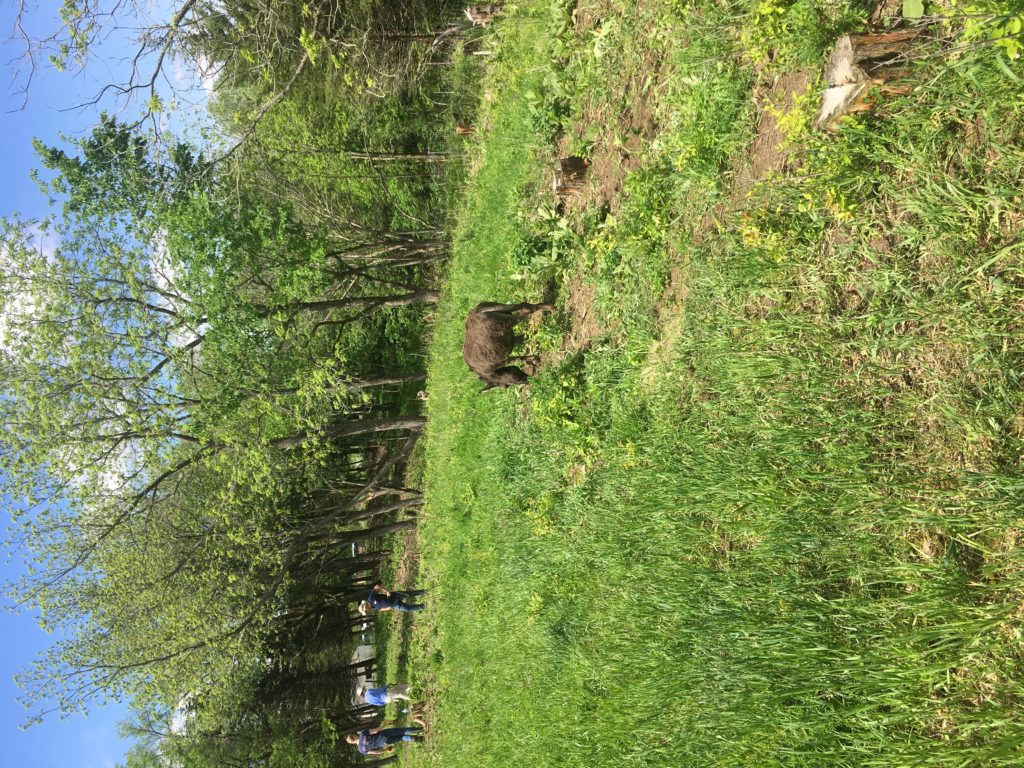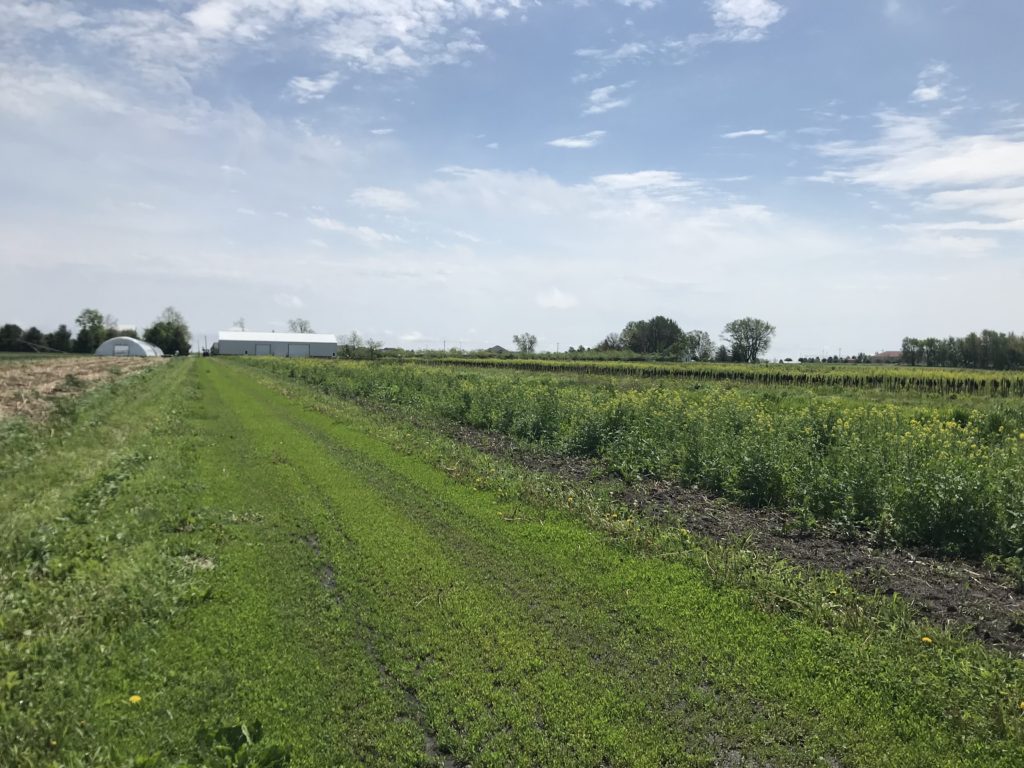How practical is vegetable farming in Iowa? To me very practical and very necessary. We had the opportunity to go to two farms, the Grinnell Heritage farm and the Red Earth farm in the Meskwaki settlement. Both farms work toward providing fresh produce to the communities in which they reside. Grinnell Heritage practices organic farming and some of its acreages produce thousands of dollars in vegetables. Red Earth farms feeds the people of the Meskwaki community, these are native peoples who have bought their own land back to start building services specifically for them. The Meswkakis have their own health clinic, school, and senior living program. What both farms had in common is that they did not need a lot of land to provide all the food they produce. I cannot remember the exact acreage of Red Earth, but I remember that Grinnell Heritage sits on 25 acres.
One significant factor that farmers must have to thrive here in Iowa are huge amounts of land. The average farmer tends to about 1000 acres of land. These two farms go against the most important thing average farmers have in Iowa. So, what does that say about Iowan farmers? Are they doing it wrong?
Well not exactly. Farmers who grow the Iowa prize of corn and soybeans are doing what is best for them and their crop, but the idea of big agriculture seems to fall apart when those same farmers fall into believing the rhetoric that they are participating in feeding the world. The bottom line is they are not. Sure, their grain feeds livestock, but all that’s really doing is getting the animal big and quickly. Also, I haven’t heard anyone talk about the animal agriculture feeding America. All the world hunger talk is about the corn.
When following the history of this rhetoric a good place to start is with Norman Borlaug and the Green Revolution. Borlaug wanted to use science to increase the productivity of seeds. He did achieve this goal; he found himself now being able to increase the output of commodity crops. It is this same science and technological advances that seed manufacturing companies use to make and sell their hybrid and genetically modified seeds. In the text Food Politics, Robert Paarleberg, discusses how the Green Revolution did not reach long term success in many areas around the world. Some places where the Revolution did have a lasting positive impact included Latin America and countries in Africa where is was attempted to be implemented. Looking at Latin America specifically, Paarlberg writes about how the revolution could not sustain because the feudal system already in place due to colonialization. Profitable farmland was reserved for those with more economic and social class.
As we see the continuity of the Borlaug rhetoric to promote scientific advances it is imperative that we also recognize what already disenfranchises these global communities, and understand that a seed which produces a little more corn is not going to fix the problems that already inhibit development.
In my opinion there needs to be fewer commodities and more food. People can’t live off of grains, and it seems unfair that grain is the only option Iowa seems to want to offer.








